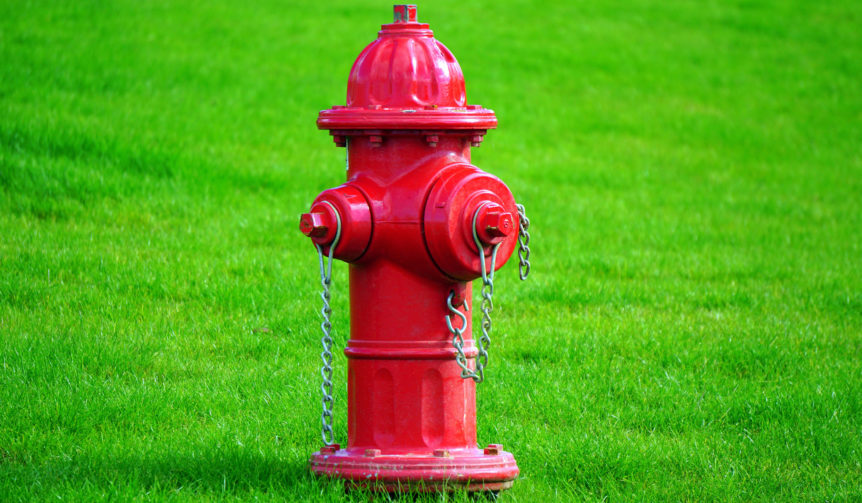As a responsible property owner, you no doubt have a lot of safety concerns to properly protect the people and assets on your property.
Handling fire safety correctly is crucial because the damage from any kind of fire accident could be absolutely devastating. Yes, you might have all of your building’s fire alarms updated, working, and properly in place. But have you ever considered maintaining the quality of your property’s fire hydrant?
Make sure you take hydrant functionality seriously to prepare for potential disasters. Continue reading to learn everything you need to know about properly replacing fire hydrants.
Make Sure It Doesn’t Just Need Repairs
Before you go through the entire process of replacing your fire hydrant, ensure that it doesn’t simply need to be repaired.
For instance, if your hydrant looks slanted, you might get away with just a quick repair service call coming out to fix it. In fact, regular checks for damage or maintenance issues on your hydrant can be exceptionally helpful.
It is suggested that you get your hydrant inspected annually to avoid serious issues that may lead to requiring its replacement.
Install the Right Fire Hydrant
There are some specifics concerning hydrants, such as size and capacity for water pressure, that are very important. Your area might have specific size requirements, so it’s best to do your research to ensure you install the legally correct hydrant on your property.
Follow All the Laws and Regulations
Privately installing a hydrant on your property has some standards that need to be met. Keep in mind: hydrants have to be completely accessible to firefighters in moments of emergency.
You’re probably already aware that it’s illegal to park in a fire lane because of blocking fire hydrant access. This is probably the most important regulation involving hydrants: nothing can be placed in front of them. But that’s not the only one.
Your fire hydrant needs to stand perpendicular to the street, and it needs to be reachable from every side, a full 360 degrees. Additionally, the center of the hydrant’s house outlet must be no smaller than 18 inches or larger than 36 inches above the final grade. This allows firefighters to use their hoses and attachments without interference during the connection to and operation of the hydrant. You want to ensure the firefighter using the hydrant has the easiest and most efficient access possible.
It’s also a good idea to install a hydrant several feet away from the nearest sidewalk or curb to avoid accidental car collisions. This is a safe practice for everyone to consider when installing fire hydrants. After all, up to 8,000 gallons of water can be lost if a hydrant gets knocked away by a car and starts spewing!
You can find the complete document outlining fire hydrant installation requirements on the website for the National Fire Protection Association.
Hire Professional Installation Services
We are experts at fire safety and truly believe we can help you install your fire hydrant properly, efficiently, and in a timely manner. There are a lot of regulations and safety practices to consider with this installation! That’s why it’s recommended you don’t take on this entire process by yourself.
Reach out to us today so that we can get started on installing the best fire hydrant for your property.

